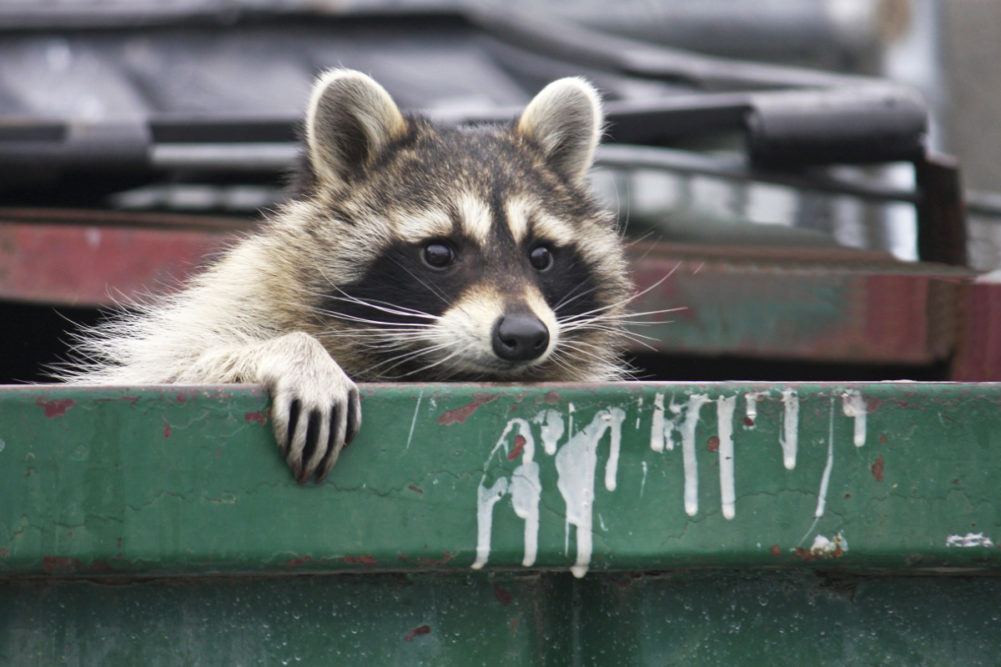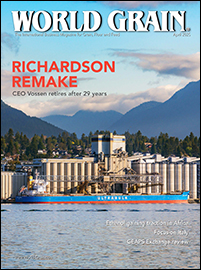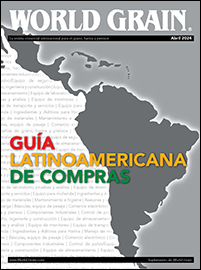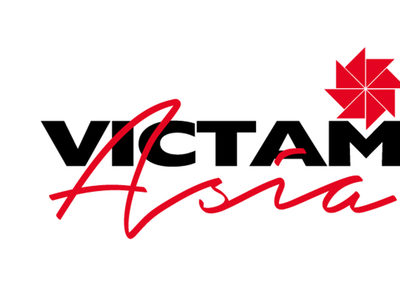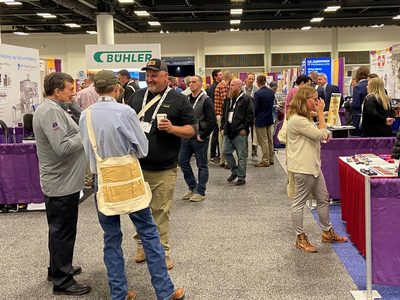According to the World Health Organization, 420,000 lives are lost each year from consuming contaminated food. When it comes to grain storage and processing facilities, proper sanitation isn’t just a sound practice, it’s essential to ensuring food safety. Sanitation also effects pests, which can contribute to food safety issues.
With grain shipments coming in regularly, many of which are being stored for a long time, an insufficient cleaning schedule can amplify the ideal conditions for pests — namely having so much food. Once pests work their way into your facility, they can be difficult to manage. Weevils, Indian meal moths, flour beetles and other stored product pests can destroy and contaminate food products. Other pests such as cockroaches and rodents also will take advantage of the buffet of food present. Knowing how to effectively clean your facility, and when to do it, can help eliminate conditions for pests and disrupt their development cycles.
Sanitation is a prevention strategy to help safeguard your site against pest infestations and subsequent threats. Your sanitation schedule should factor in type of pest(s), different areas of your site and other factors that make it unique. Developing and implementing a comprehensive and consistent sanitation schedule as a part of your Integrated Pest Management (IPM) plan can help prevent pest activity, product contamination and lost profits.
Here are some actions you should include in your schedule to reduce pest conditions and keep your facility operating smoothly.
Weekly
- Maintain the exterior: Your exterior should be well-kept to deter pests from entering your facility. As much as possible, any spillage of grain or milled product should be cleaned up immediately. Keep any surrounding vegetation trimmed back from structures and low. While large trees and bushes are aesthetically pleasing, they create a welcoming space for pests to access food and habitat. Don’t forget outside employee areas, especially trash bins. Empty those on a regular basis so pests aren’t attracted.
- Check the corners and hard to reach areas: You know where they are — the elevator pits, around bin hoppers, transfer points, tunnels, even the head house. The areas that just don’t get seen as often because they are somewhat out of sight. Put these on a weekly (if not daily) cleaning rotation and make sure the right tools are available. It’s hard to ask someone to sweep the floor if they don’t have a broom.
- Monitor for pests: This may sound a bit off topic since we are talking sanitation, but if you monitor for pests, you can find where they are. Where they are is often by a food source. So, you can use pest information to point out sanitation issues. Monitors also may be used as a verification tool. Ideally, you want to find the sanitation issues before pests become a problem. However, using the data from monitoring devices provides early warning.
- Employee areas: Remove any food debris in and around microwaves, refrigerators and vending machines. Wipe up any residue from coffee machines, water coolers and other appliances. Keep an eye on quality assurance (QA) areas, any labs and sample areas where you have stored product.
Monthly
- Check equipment: This is probably being completed more often, but at least once a month, check all the equipment from a sanitation and a pest perspective. Make sure there are no leaks, all seals are tight and there is no evidence of pests.
- Check for water: Water leaking around and into grain is not a good thing. Not only is there direct damage to the grain, it also offers an additional food source for grain feeding insects, weevils and mold feeding insects.
Quarterly
- Inspect your roof: It’s easy to overlook the roof when it comes to sanitation, but it should be checked regularly for pest attractants such as standing water, debris and growth. It is also a good idea to make sure your HVAC unit is draining correctly and that your screens and filters are in decent condition.
- Clean dumpsters: Regularly clean the area around dumpsters and keep them tightly closed to prevent pests from sheltering inside. Avoid overflow problems by reassessing your pick-up schedule to ensure it is sufficient for the amount of waste your facility produces. If there are bins going to animal feed, ensure those are picked up regularly and are not overflowing.
Following these sanitation practices on an ongoing basis can reduce and even prevent pests. It is also worth considering investing in some long-term measures to ramp up your defense strategy. Repaving sunken areas that tend to collect water and replacing exterior lighting with sodium vapor or LED lights are other ways to help reduce pest activity on your property.
Just as you would revise your food safety plan and IPM plan on a regular basis, consistently revise your sanitation program for all areas of your operations. Ensure cooperation from the staff by working with your pest control provider to offer training on best practices and techniques. Sanitation issues cause pest problems, so it’s a partnership with everyone at the site. Your pest control provider will be able to advise on the best course of action for addressing sanitation issues and treating any pest problems.
By implementing a strong partnership with your pest control provider and a stronger sanitation schedule, you’ll be scrubbing pests out of your facility in no time.
Chelle Hartzer is technical services manager for Orkin. She is a board-certified entomologist and provides technical support and guidance across all Rollins brands in the areas of operations, marketing and training. For more information, email
